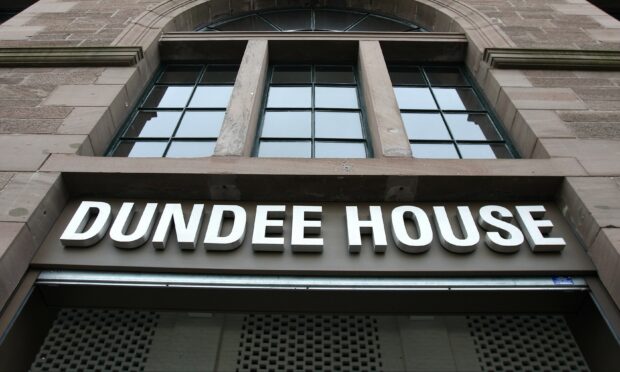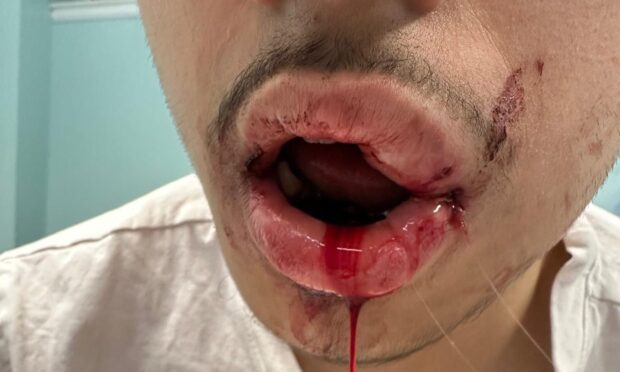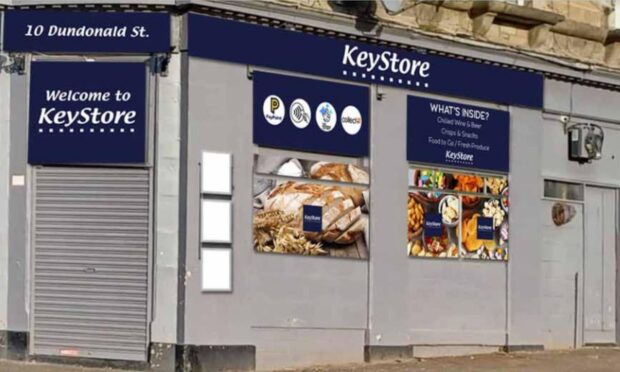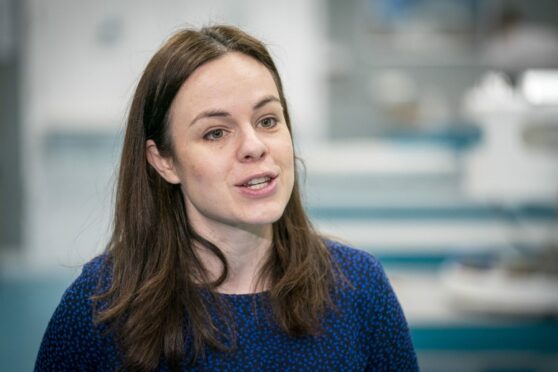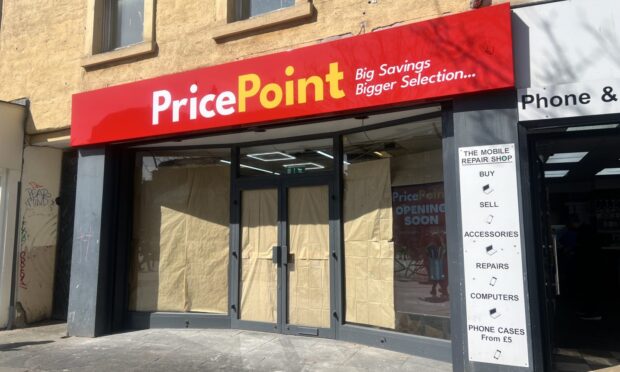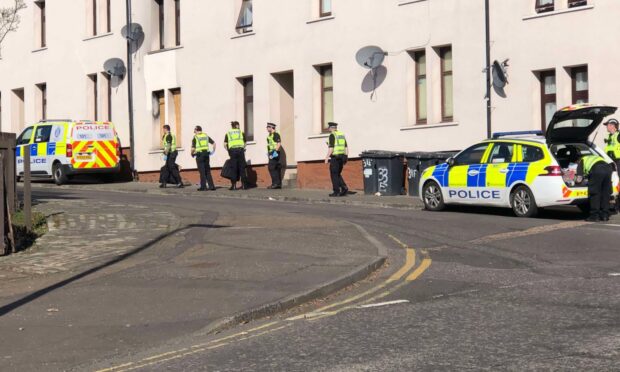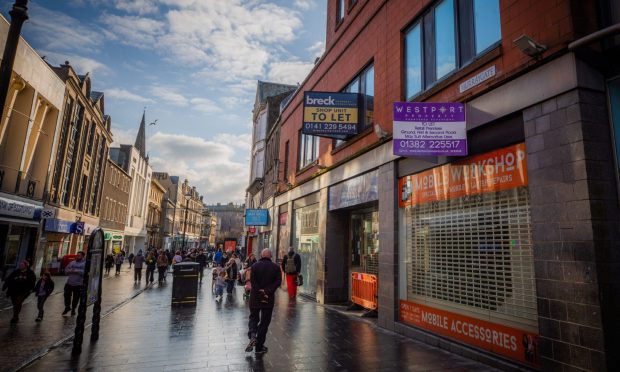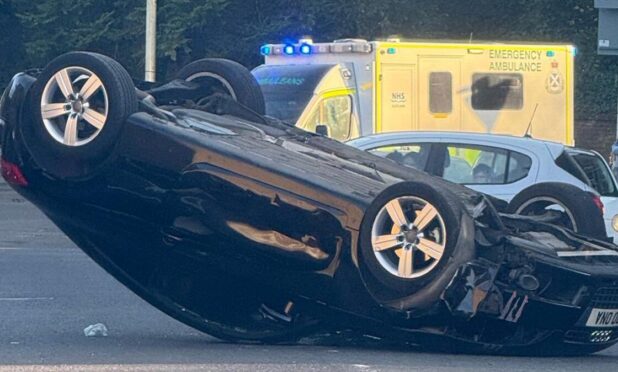Corruption has been added to a list of high risks facing Dundee City Council, more than a year after a major fraud probe began.
There are ongoing investigations, both criminal and internal, in relation to corporate fraud within the local authority, some dating back to late 2019, but only now has the issue been added to the corporate risk register (CRR).
A report said officers previously considered including fraud and corruption last year, but it “was not added at that time”.
A council spokesperson later said only the highest level risks are included on the CRR.
In November 2019 The Courier revealed former council staff were being investigated in relation to an an £8.3 million deal to supply heat and smoke and carbon monoxide detectors.
In September, Iain Gardyne appeared in court for stealing fire safety equipment over a period of four years while employed by the council.
He later pled guilty and is awaiting sentencing.
It was also revealed last year that the local authority’s corporate fraud team received 24 whistleblowing complaints in the last financial year, 15 of which were in relation to the scandal-hit construction services.
The council is continuing to investigate several cases and it is understood a police investigation is also ongoing.
Despite the multiple investigations, coronavirus has been blamed for officers now adding fraud and corruption to the risk register.
A report for the policy and resources committee said: “Fraud and corruption was
considered previously but was not added at that time.
“The pandemic has impacted since then and this needs to be taken into consideration.
“Regrettably, fraud and corruption does happen, and the council is not immune.
“In addition to financial loss, it can lead to reputational damage, breaches of legal/statutory duty, reduced staff morale and ensuing investigations which detract from day-to-day activity.
“There have been examples within the council and, other than one risk, all services
have made an overall risk assessment of ‘high’ or ‘very high’.
“Additionally, the onset of Covid19 saw a considerable increase in scams and frauds, seeking to benefit from people and system vulnerabilities.”
The report asks for councillors’ approval to mark fraud and corruption as high on the CRR.
When asked why coronavirus was cited as the reason, rather than the internal corruption scandal, a spokesperson said that “does not mean they have not been considered”.
They added: “The council is exposed to numerous and varied risks that are reviewed and considered on an ongoing basis for inclusion in the council’s CRR.
“Given the nature of the CRR containing only the highest level or strategic risks, not all risks are appropriate for inclusion.
“Some risks are managed and monitored at a service level, where they were identified.
“The risk of fraud and corruption is no exception to the above process and has been regularly considered for inclusion in the CRR.”
The spokesperson went on to say external fraud is the main risk of the pandemic, as scammers try to take advantage of “vulnerabilities”.
“There have been numerous scams and frauds going round, of which we are aware, which could be perpetrated against several council services or are of a potentially larger scale,” they added.
“This, in addition to the fact that all service level risk registers contained the risk, tipped the balance, and made it appropriate to add the risk to the CRR at this time.”
